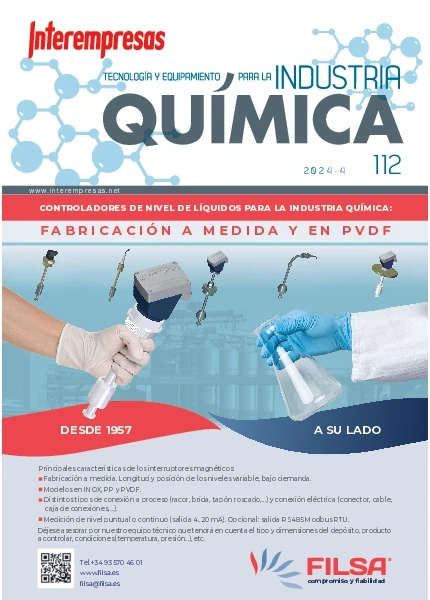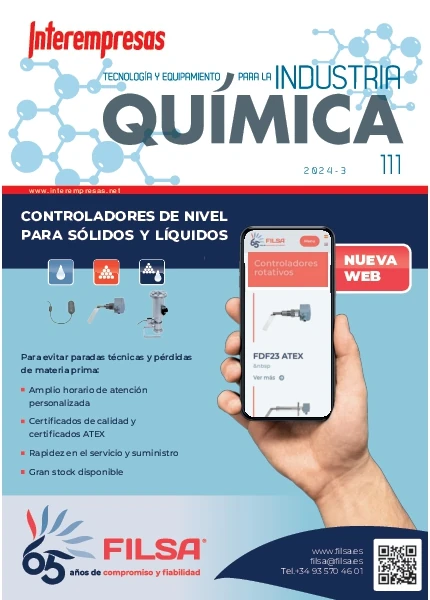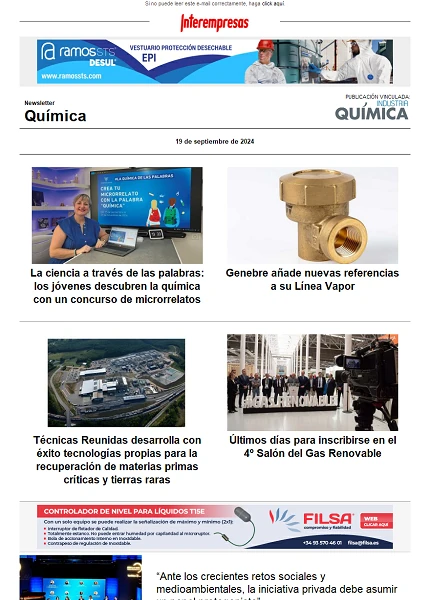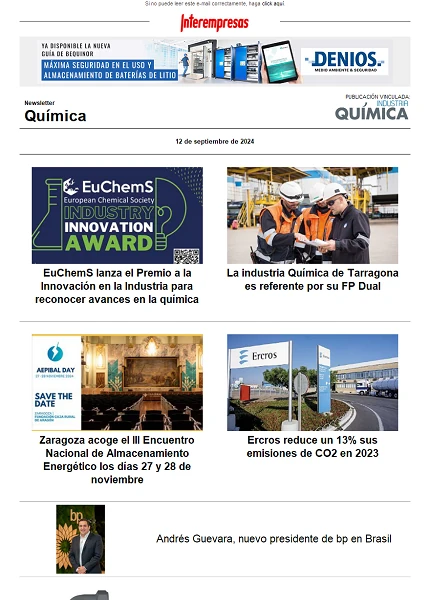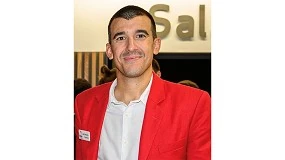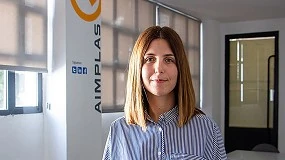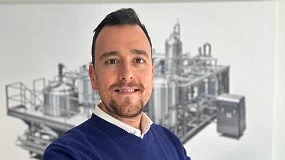Renewable catalysts
The catalysts of metals of transition, although very effective, manufacture to base of rare metals, toxic and of high price (Pt, Pd, Ru, You), and with ligandos complex organic. We look for alternative, with quite a lot of success.
Are indispensable catalysts for a lot of processes but, alas, to base of rare and toxic metals. Besides they do lacking ligandos to control his reactivity and selectivity, catalysts that many times do not recover . Precisely because the catalyst does not modify during the chemical reaction, finalised this the catalyst there continues, or like this would have to be, but in fact quite a lot of times lose it. It is different of the reactive, which himself that participates in the reaction.
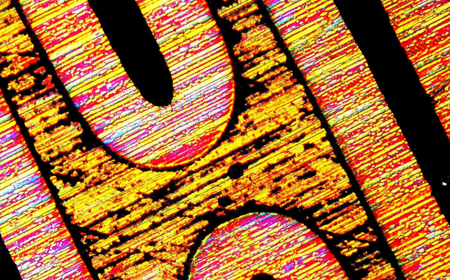
The catalyst Antimony.
The big advantage of the catálisis is the speed that prints to the process. Those that desactivan the reaction call inhibidores. For the synthesis of a lot of chemical products the catálisis is fundamental. Sometimes it uses the poisoning of the catalyst, precisely to attain a very concrete product: In the reduction of etino to eteno, the palladium is poisoned partially with acetate of lead Pb (CH3COO)2. Without desactivar the catalyst, the eteno produced would reduce to etano.
The catalytic reactions are preferred in green chemicals, because of the reduced quantity of waste that generates, in place of the stoichiometric reactions, in which they consume all the reagents, and form more secondary products. A lot of catalysts are metals of transition and his complexes. These offer to the reaction an alternative route of lower power of activation, that the route of reaction no mediated by the catalyst, of slow advance.
A simple example: water oxigenada decomposes in water and oxygen, thanks to a small quantity of dioxide of manganese (MnO2): 2H2Or2= 2H2Or+Or2. The water oxigenada reacts quickly, which observe by the effervescence of the oxygen. The MnO2 recovers unchanged, and can go back to use of indefinite form. Other times the no consumed catalyst in the own reaction results inhibited, desactivado or destroyed by secondary processes.
The catalyst generally reacts with one or more reactive, to form intermediate products, that later drive to the final product of the reaction. In the process it regenerates the catalyst. There are two classes of catalysts: heterogeneous and homogéneos. The heterogeneous are those that act in a different phase that the reagents. The majority of the heterogeneous are solid that act on substrata in a mix of liquid or gaseous reaction. The catalysts homogéneos are dissolved in a dissolvent with the substrata.
The metals of transition
Are used often for catalizar reactions redox (oxygenation - hydrogenation). A lot of processes, especially those that involve hydrogen, require metals of the group of the platinum. The catalysts based in Pt, Pd, Rh, Ru, You and other metals of transition are crucial for a lot of industrial processes. They do lacking systems with ligandos to control his reactivity and selectivity, and the catalyst many times does not recover . Therefore have problems of supply.
In December of 2011, the British Geological Society published a list of 52 metals, that escasean by diverse reasons. The most scarce are the antimony, the metals of the group of the platinum, mercury and tungsten. At present Chinese is the best producer of 28 of the 52 metals of the list. So much Europe like EE UU have to matter 100% of these strategic metals. Regarding the metals of the group of the platinum, attain to the year 130 t of platinum, of which 6% is gold. 75% proceeds of South Africa. They do fault 10 t of mineral to attain an ounce (29 g) of platinum. All the platinum that have attained of the mines does not surpass the cubic metre. It does not surprise as that the price was very high (mineral Pt): 195 g/ 12 dollars, and follows going up.
Cuesta find the catalyst that need, as it has to contribute selectivity and efficiency. It is necessary to heat or cool the reaction? The time of reaction. The ideal time is less than 8 hours. If to attain the green chemicals does fault a rare metal of transition, the process is not renewable, is not sustainable. In the synthesis of biological active compounds the normal method to use rare metals, like the iridium, industrialmente is not practical. The solution is to resort to the amino acid valina for catalizar the reaction of compounds no saturated of boroorgánico with iminas and carbonilos. A reaction that attains in 6 hours and high productivity.
Catalysts of ironinging and cobalt
Paul Chirik, professor of chemicals of the University of Princeton, remembers us that the cobalt is faster that the PtO2 in the reactions of hydrogenation for sintetizar biodiesel. Chirik Has used catalysts of cobalt joined to ligandos of amines quirales, to hydrogenate olefins, with good result. The majority of the catalysts of lovely metals need two points of union with the sustrato, which is a serious limitation. This does not occur with the cobalt because has a different electronic configuration.

The sililación alquena uses platinum like catalyst, in spite of that some reactions are not selective, and besides the waste of the 10-30% of by-products. These reactions can attain with catalysts of ironinging, economic, to lower temperature, greater rapidity and 95% of selectivity. The industry is interested by the ironinging, included the company Momentive Performance Materials. It cost to develop the catalyst of ironinging, because the chemicals of these metals of first line is different of the one of the metals of 2ª line. The chemicals of the lovely metals is of 2 electrons, the same in oxidation that in reduction, instead the ironinging only uses an electron. Therefore we need to create complexes of ironinging, that work with two electrons, and have developed a tying, that allows to the ironinging the chemicals of two electrons.
There are catalysts of ironinging that are effective for sintetizar ciclobutenos from alquenos and alquinos. Chevron Phillips Is interested by the catalyst of ironinging for the selective production of olefins alpha. The success of the gas of esquisto has reduced a lot the price of the etileno, which forces to find methods to convert this basic material in products of greater value added.
Robert Morris, professor of chemicals of the University of Toronto, Canada, also is interested by the metals of the group of the ironinging, that operate with a new mechanism, in where the tying and the metal work together in the catalytic cycle. R. Morris Has developed a system – ironinging to base of the economic diamina and aldehyde phosphine for the hydrogenation of the ketones. The catalyst creates iminas to base to condense aldehyde phosphine with diamina. The metal causes the reaction with a tying P-N-N-P, that costs only 9 dollars/gram. When it has completed the reaction, the ironinging oxida and precipitates, when exposing it to the air. A simple stage of purification is sufficient to separate the tying. R. Morris Thinks that the chemical will be able to convert the biomass in biofuel.
The conventional is that the metals with electrons no mated form unions too feeble, whereas the heavy metals with electrons mated form unions stronger. But the experience shows that composed with electrons no mated can follow a similar mechanism, but are faster. There is little difference between unions too feeble and unions, that in addition to feeble, are active. The election of the tying controls the reactivity.
is investigating Obtain gas hydrogen of the water using the solar light. This reaction is typical of catalysts of platinum and composed of ruteno that absorb the solar light. We can obtain hydrogen of the water using economic catalysts: it has attained . It suffices to use CdSe like absorber of light, and the acid ascórbico (vitamin C) like dador of electrons, with a catalyst of nickel, and the system works. It is a robust system, economic and easy to prepare.
What more wish is a system oxidation/reduction, to break the water in H2 and Or. We are in the beginnings of the catalysts of metals of transition, and have to measure all his potential.

